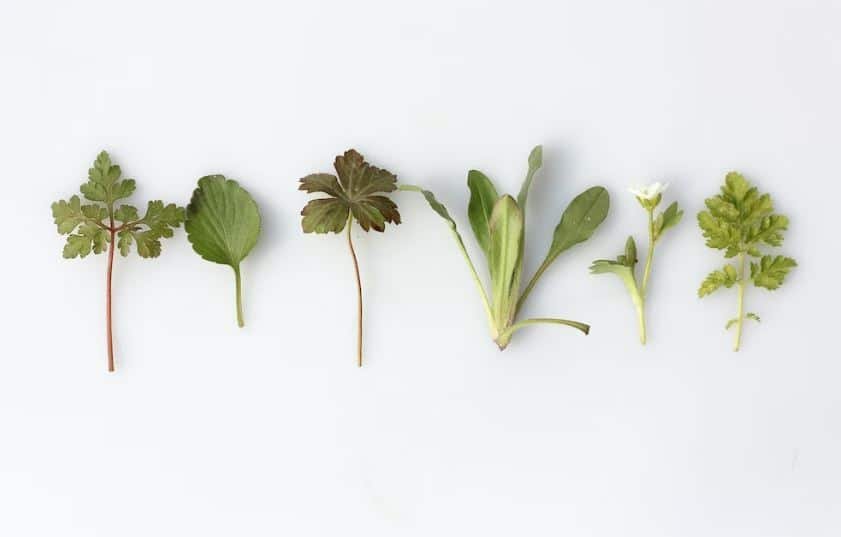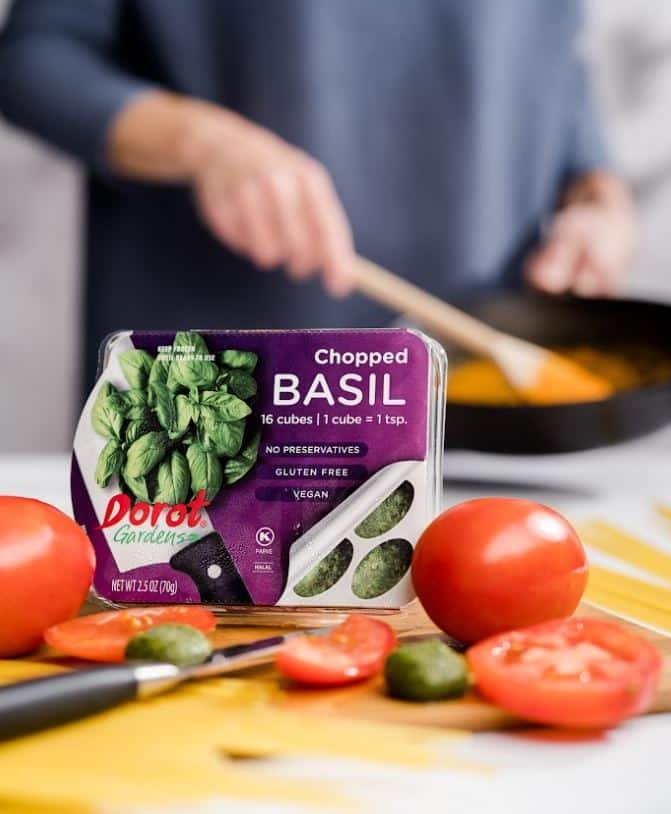Food
The Common Pitfalls of Cooking with Fresh Herbs

Cooking with fresh herbs can elevate the simplest dishes to something extraordinary, adding layers of flavor that dried herbs can’t always match. However, many home cooks must incorporate these fragrant additions into their culinary creations.
Understanding these potential mistakes—and knowing how to avoid them—can help you make the most of fresh herbs in your cooking.
Pitfall #1: Adding Herbs Too Early in Cooking
A critical mistake often encountered is adding herbs too soon in the cooking process. Fresh herbs, unlike their dried counterparts, are delicate and can lose their distinct flavors under prolonged heat. This premature addition can result in a dish with diminished zest or an unpleasant bitterness.
To avoid this pitfall, chefs must consider the cooking duration and the nature of the herb. Herbs like parsley, cilantro, tarragon, and basil are best added in the last minutes of cooking to preserve their delicate flavors. For dishes with longer cooking times, dividing the herbs, adding depth of flavor during cooking, and featuring freshness at the end can yield the best of both worlds.
This is where Dorot Gardens® Fresh-To-Frozen Herb Cubes come in. They make it easy because they’ve already prepared the herbs for you. These cubes are filled with herbs that were picked and frozen very quickly after being harvested, which keeps their flavors locked in. Using these cubes means you don’t have to chop or measure herbs anymore; you just pop a cube into your cooking.

Pitfall #2: Improper Herb Preparation
Another common misstep is the improper preparation of herbs. This can lead to coarse textures or uneven distribution of flavors, detracting from the intended experience of the dish. For instance, not removing the stems of herbs like rosemary can result in an unpleasant woody texture.
The preparation of herbs should be approached with finesse. Tender herbs can be finely chopped, stem and all, whereas woody-stemmed herbs like rosemary should be stripped of their leaves. A sharp knife is crucial for a clean cut that preserves the oils and freshness of the herbs, while a dull blade can bruise them, leading to rapid wilting.
Pitfall #3: Overpowering the Dish
The robust flavors of certain herbs, such as rosemary, sage, and oregano, can easily overwhelm a dish. Their intense flavors, if not used judiciously, can overshadow other subtle flavors within the dish.
The key to avoiding this is to use such potent herbs sparingly and to taste the dish often. This allows for a controlled enhancement of flavor without dominating the dish. As with any powerful ingredient, it’s easier to add than to subtract, so starting with a modest amount and adjusting up is the best approach.

Pitfall #4: Incompatible Flavor Pairings
The complexity of herbs means they can clash with other flavors if not paired correctly. This pitfall can result in a dish where flavors are in competition rather than harmony.
Avoiding this pitfall requires a bit of research or experience to understand which herbs complement which ingredients. It’s a study of the flavor profiles of both the herbs and the main components of the dish to ensure a complementary pairing that enhances rather than confounds the palate.
Pitfall #5: Using Stale Herbs
The very concept of using fresh herbs is predicated on their vibrancy and freshness. Utilizing herbs that have wilted or lost their potency can be detrimental to a dish, providing a slight advantage over their dried versions.
To sidestep this issue, purchase herbs as close to their time of use as possible or grow them at home for the freshest possible flavors. Store them correctly to maintain their freshness until they are ready to be used, keeping most refrigerated in a damp paper towel and others, like basil, at room temperature in water.
Pitfall #6: Treating All Herbs the Same
Herbs are diverse in flavor, texture, and culinary application, and treating them uniformly can result in a subpar dish. For example, parsley and cilantro may look alike but are not interchangeable due to their distinct flavors.
To avoid this, one must understand the unique properties of each herb. This includes knowing not only their flavor profiles but also how they react under various cooking conditions. When substitutions are necessary, careful consideration should be given to choosing an herb with a similar intensity and flavor profile to maintain the dish’s integrity.

Pitfall #7: Incorrectly Balancing Herb Intensities
One of the less apparent challenges when cooking with fresh herbs is the misjudgment of their potency. Fresh herbs vary significantly in intensity; for instance, mint and basil can have a subtle sweetness, while rosemary and thyme possess a more robust presence. Refrain from judging the potency to avoid an overpowering flavor that dominates the dish or a too subtle hint that gets lost among other ingredients.
To navigate this, it’s essential to understand the strength of the herbs you’re working with. Taste them raw, get familiar with their potency, and add them incrementally. It’s much easier to build up to the right flavor balance than to correct a dish overwhelmed by a particular herb. Recipes can guide the quantity, but personal taste should always be the final judge.
Pitfall #8: Failing to Match the Herb to the Cooking Technique
Another pitfall is choosing herbs that don’t match the cooking technique being used. Some herbs can withstand and even require long cooking times to release their flavors, like bay leaves in a stew or rosemary on a roast. Others, particularly soft herbs like chives, dill, and parsley, are more suitable for raw applications or dishes that require very little cooking time.
To avoid this pitfall, you should pair robust herbs with techniques that involve longer cooking times and higher heat, such as roasting or stewing. Conversely, delicate herbs should be reserved for finishing touches on dishes, raw applications like salads and dressings, or added at the very end of the cooking process.
Understanding how cooking affects the flavor and texture of herbs will help ensure they contribute to a dish as intended, enhancing rather than compromising the outcome.
Conclusion
Cooking with fresh herbs requires a blend of knowledge, attention, and respect for their individual qualities if you want to get their nutritional value and depth in terms of flavor. By understanding the nuances of each herb, from their preparation to their culinary application, and by being mindful of how and when they are incorporated into a dish, one can avoid these common pitfalls and ensure that these natural flavor enhancers serve their purpose—to make a dish shine with the vibrant, fresh flavors they are known for.
-

 Celebrity4 weeks ago
Celebrity4 weeks agoIs YNW Melly Out Of Jail? What Is The YNW Melly Release Date, Career, Early Life, And More
-

 Sports4 weeks ago
Sports4 weeks agoMore Than Just a Game: How College Sports Can Shape Your Future
-

 Tech3 weeks ago
Tech3 weeks agoAI Software: Transforming the Future of Technology
-

 Tech3 weeks ago
Tech3 weeks agoAll About Com. Dti. Folder Launcher: Features, Benefits, Tips, And More













